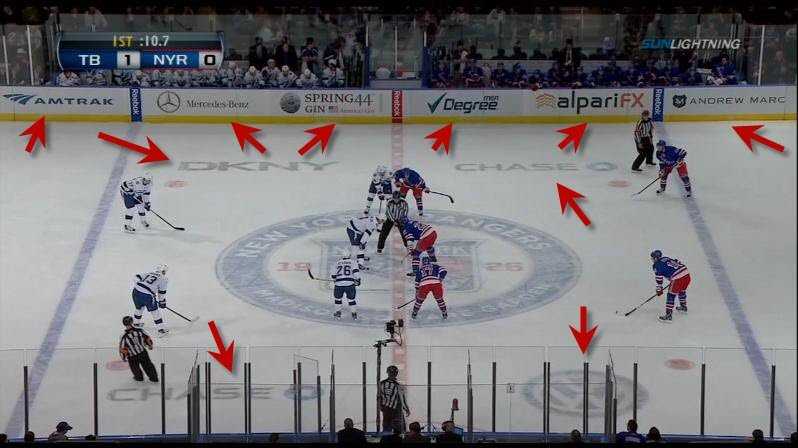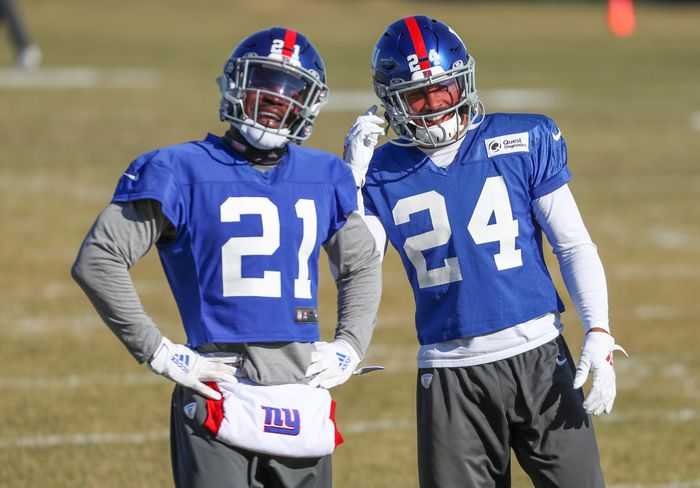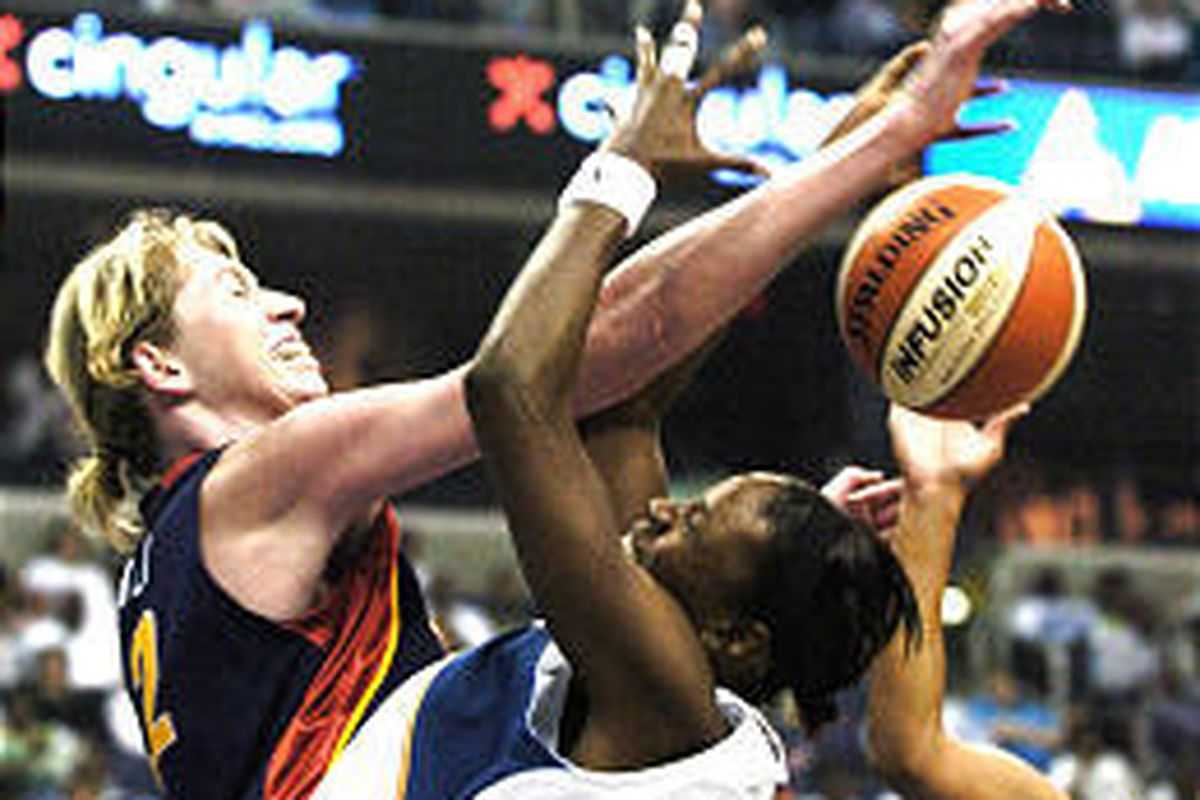The life of a critic is filled with difficult choices. Sometimes there’s so much on TV it’s impossible to decide what to watch, and one must use good judgement. So on the evening of the latest Democratic presidential debate, I considered watching it. After all, it would provide plenty of fodder for a critic.
Then I remembered I’ve vowed to ignore politics. So I watched an NHL game instead. There was no chance that any discussion about health care would pop up on that event; even when a fight broke out, nobody seemed concerned it might lead to an expensive ER visit. Maybe the players already have insurance?
Instead, the hockey game was overwhelmed by advertising. And I don’t mean simply PSAs that encourage the use of methamphetamine, such as South Dakota’s catchy “Meth, We’re on It” campaign. I mean passive advertising that doesn’t work.
Remember the days when there were newspapers and magazines filled with ads? Neither do I. But I hear they were everywhere: filling up hundreds of pages, spilling out onto the floor, getting in the way of every story. Some of them literally stank, such as the ads for perfume. Was smelling like a Sports Illustrated athlete supposed to be a selling point?
However, at a hockey game, the boards around the ice are like a Vanity Fair magazine from 1999. They are covered with ads. There are also ads underneath the ice. And ads along the glass. And ads on the screen. And, (if you count the manufacturers’ logos on the players’ uniforms), ads everywhere you look. The ads weren’t helpful, though, just confusing. For example, when I tried clicking on them for more information by touching the screen, I just got fingerprints on the monitor.

Over the years, advertisers pumped out billions for passive ads. But they had no idea whether anyone had even seen the ads, let alone reacted to them. Did readers stop and review your ad on page A-7? Or did they flip straight through to the sports page? Who knows? Passive advertising kept Don Draper in business, I suppose, but nobody has any clue whether it helped Macy’s move merchandise. Not even Macy’s.
Along with the overkill, there was even competition amongst the ads. On one end of the ice was an ad for Honda, on the other an ad for Kia. Even if I need a new car, how can I be expected to decide between those options? Maybe I’ll just stay with my current vehicle. Likewise, some players wear CCM, others wear Reebok. Which type of equipment should I buy when I decide to play hockey? Maybe I’ll just sit outside and wait for the pond to freeze.
The best type of advertising isn’t advertising at all. For example, Businessweek magazine recently noted that Nike’s new sneakers are so good, they may be banned from elite competition. “To just put on a pair of shoes and be able to run two minutes quicker, that’s mind-blowing,” runner Ryan Hall told the magazine.
That ban would itself be better for sales than any advertising campaign. Thousands of weekend warriors would be happy to shell out $250 to finish the local “Save Our Schools” 5K a few seconds sooner in their “banned” shoes. That way they’ll have more time for drinking Michelob Ultra in the post-race beer tent. This has been working for golf equipment for decades. Get me a belly putter and titanium driver. Price is no object.
Oh, and speaking of decisions made and, perhaps, regretted, does anyone think Jimmy Boeheim ever wishes he’d gone to Syracuse University to play for his father, rather than opting for a quality education and a quieter basketball career down the road at Cornell? He would have had all the Nikes he could wear, and plenty of TV time (well, on the ACC Network, but still…) to wear them.
Finally, I’ll note that I’m surprised that nobody has yet volunteered to sponsor this column, even though there are limitless promotional opportunities. Come on, Lenovo, get that check in before I switch to a Dell PC.
If you’re sold on the quality of this column, follow me @thesportscriti2.






